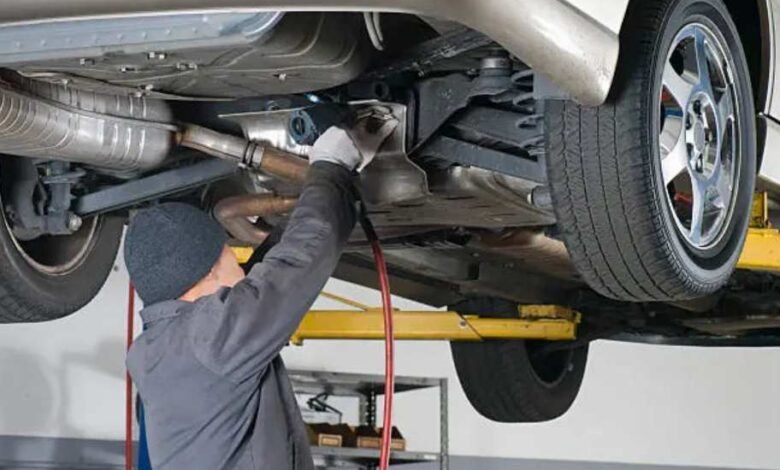Innovative Trends in Vehicle Upfitting: Enhancing Efficiency and Customization

Introduction to Vehicle Upfitting
The landscape of vehicle upfitting is evolving rapidly, with companies like TCS Upfitting leading the charge in transforming generic fleets into specialized, productive resources. Vehicle upfitting is crucial for enhancing functionality with custom solutions tailored to various industries. It optimizes vehicles, such as delivery trucks and service vans, for specific tasks. With rising industrial demands, flexible and efficient vehicles are essential. Upfitting offers sustainable, cost-effective solutions that enhance operational efficiency across sectors.
The Rise of Customization in Fleet Vehicles
Customization in fleet vehicles marks a shift towards optimizing business operations. Rather than a one-size-fits-all approach, companies seek tailored solutions to meet their specific needs, particularly in industries like logistics and construction. By integrating specialized shelving, tool racks, and electronic systems, fleet customization enhances workflow and efficiency. This approach helps achieve business objectives and boosts employee satisfaction by providing tools that align with daily tasks.
Technology’s Role in Modern Upfitting
Technological advancements have transformed vehicle upfitting, enhancing connection and efficiency. Modern solutions, like GPS tracking systems, offer real-time fleet management insights, enabling better route management and timely deliveries. Connectivity innovations are revolutionizing operations, and additional features such as wireless charging, predictive maintenance analytics, and automated inventory tracking help businesses minimize downtime and address challenges more effectively.
Sustainability in Vehicle Modifications
With rising environmental consciousness, sustainability is now key in vehicle upfitting. Lightweight materials and alternative energy solutions, like electric and hybrid technologies, help reduce fleets’ carbon footprints and meet global sustainability goals. Companies comply with regulations by retrofitting vehicles to enhance fuel efficiency and lower emissions while attracting eco-conscious consumers. This shift reflects a commitment to resource preservation and long-term cost savings in operations.
The Importance of Ergonomics and Safety
Ergonomic design and safety are essential in the upfitting industry, impacting driver health and productivity. Modifications that enhance comfort and safety, like adjustable seating, better visibility through camera systems, and ergonomic controls, reduce physical strain and accidents. Prioritizing employee well-being fosters motivation and efficiency, while improved safety features can lower insurance costs and ensure compliance with safety standards.
Cost-Effective Solutions for Businesses
Businesses facing economic constraints should seek cost-effective upfitting solutions to remain competitive. Upgrading fleets on a budget can be tough, but investing in energy-efficient technologies and modular designs can yield long-term savings. For instance, while LED lighting and energy-saving auxiliary power units (APUs) may have initial costs, they significantly lower energy expenses over time. Modular upfitting allows easy vehicle reconfiguration to adapt to changing business needs without major additional investments.
Future Trends in Vehicle Upfitting
The vehicle upfitting landscape is evolving with emerging technologies like autonomous vehicles and AI integration. These innovations promise to enhance operational efficiency by reducing human intervention and error. Autonomous systems can manage tasks like navigation and parking, while AI offers valuable insights for better decision-making. Companies that adopt these advancements will be better equipped for seamless and intelligent operations, maintaining a competitive edge.
Conclusion
In conclusion, vehicle upfitting holds significant potential for improving business operations and addressing industry needs. By utilizing technological advancements and sustainable practices, businesses can optimize their fleets for efficiency and customization. The ongoing evolution of upfitting techniques promises operational gains, cost reductions, and enhanced performance. Companies that embrace innovative trends in vehicle upfitting will lead in a competitive market.

